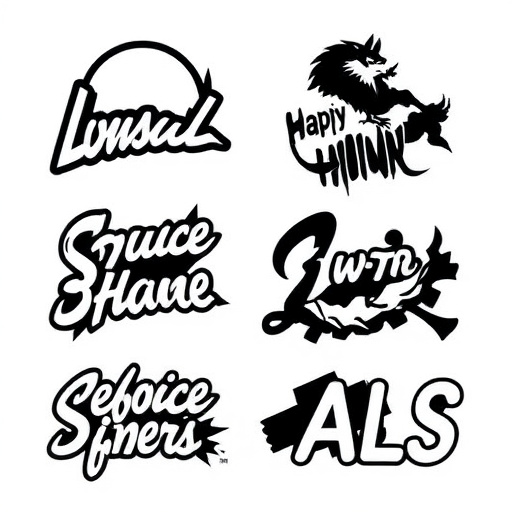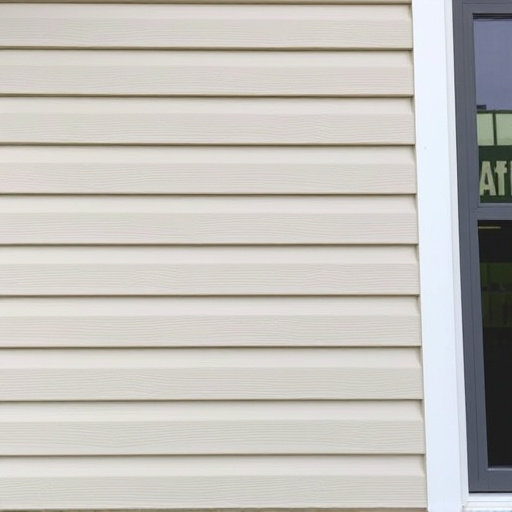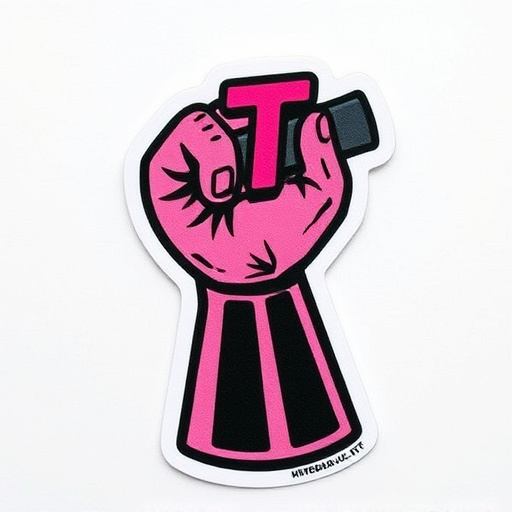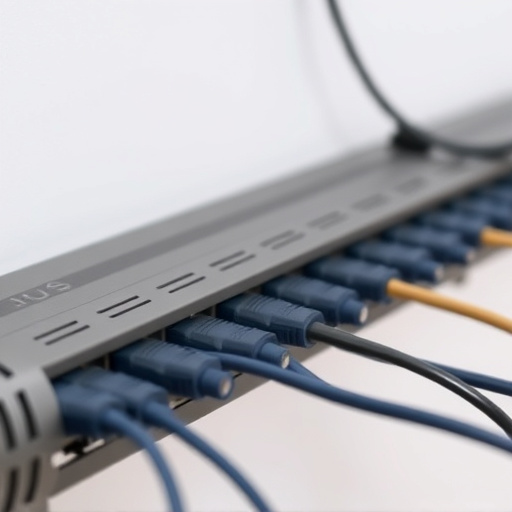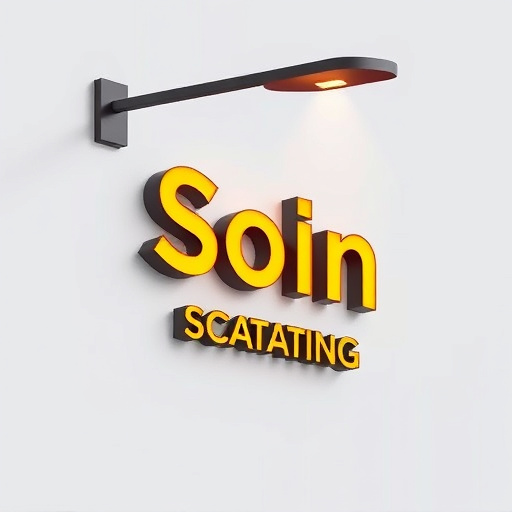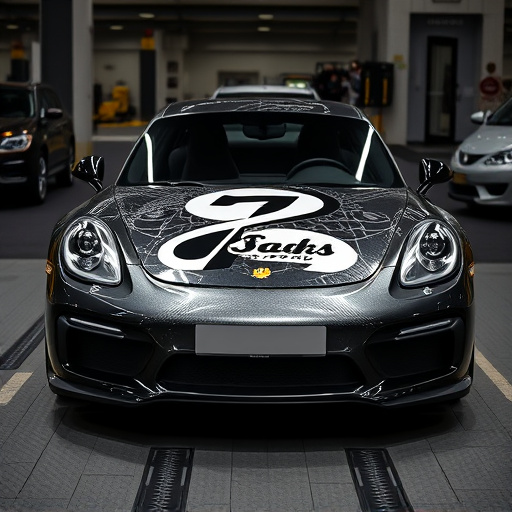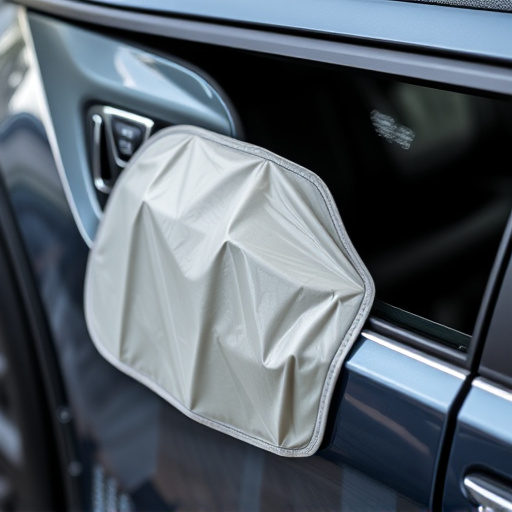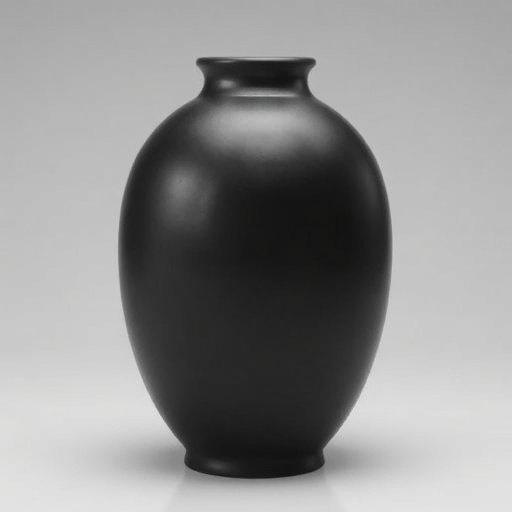Installing racing stripes involves selecting high-quality vinyl kits, proper adhesives, and application tools. Effective preparation includes meticulous surface cleaning, addressing paint imperfections, and ensuring dryness for optimal adhesion. You can choose between professional installation or DIY, with pros offering perfect alignment but limited customization, while DIY allows greater freedom but requires meticulous attention to detail. This guide provides a straightforward DIY process: gather materials, wash your car, position and cut stripes, apply with a rubber mallet, remove excess material for a smooth finish, enhancing both aesthetics and protection.
“Are you ready to transform your vehicle into a track-ready machine? This guide delves into the world of racing stripes installation, offering both professional and DIY approaches. From understanding essential materials to exploring pros and cons, we’ve got you covered. Whether you choose expert hands or opt for a do-it-yourself project, our step-by-step tutorial ensures precise, high-quality results. Elevate your car’s style with the ultimate racing stripe installation guide—a must-read for any automotive enthusiast.”
- Understanding Racing Stripes: Materials and Preparation
- Professional Installation vs DIY: Pros and Cons
- Step-by-Step Guide for DIY Racing Stripe Installation
Understanding Racing Stripes: Materials and Preparation

Racing stripes are a defining feature of professional racing cars, offering both aesthetic appeal and performance benefits. Understanding the materials and preparation involved in their installation is key to achieving a high-quality finish, whether for competitive purposes or personal customization.
When considering racing stripe installation, you’ll need specific components like high-quality vinyl racing strips, a suitable adhesive, and precision tools for application. Preparation includes surface cleaning and decontamination to ensure optimal adhesion. This process involves removing contaminants, correcting minor imperfections in the paintwork, and ensuring the surface is dry and free from moisture. The right preparation is crucial for both the longevity of the stripes and their ability to effectively manage heat rejection, a key concern in automotive detailing.
Professional Installation vs DIY: Pros and Cons

When considering racing stripes installation, the choice between professional services and a DIY approach is a significant decision. Professional installation offers numerous advantages, such as precision, ensuring the stripes are perfectly aligned and applied evenly across the vehicle’s surface. Skilled technicians also employ high-quality materials, enhancing the durability and long-lasting appeal of the stripes. This option guarantees a seamless finish, free from bubbles or misalignments that DIY enthusiasts might encounter.
However, do-it-yourself racing stripes installation can be an attractive prospect for those who prefer hands-on projects and wish to save costs. DIY methods provide flexibility in terms of design customization and allow individuals to work at their own pace. Yet, it requires a keen eye for detail and the ability to handle precision cutting and application techniques. Potential drawbacks include the risk of damage if not done correctly, especially around contoured surfaces or complex shapes, and the possibility of an uneven finish that might require touch-ups or reapplication over time. Compared to professional ppf installation, DIY approaches may also lack the advanced tools and expertise to handle heat rejection and window tinting as effectively.
Step-by-Step Guide for DIY Racing Stripe Installation

Step-by-Step Guide for DIY Racing Stripe Installation
For car enthusiasts looking to elevate their vehicle’s style and performance, installing racing stripes is a popular choice. Before heading to a professional, consider a DIY approach as it offers cost savings and an opportunity for customization. Begin by gathering the necessary materials: high-quality vinyl racing stripe kits (selecting the right color and design for your car), scissors or a cutting tool, rubber mallet, and cleaning supplies. Prepare your vehicle by washing and drying it thoroughly to ensure a clean surface. Protect nearby areas with drop cloths to prevent residue.
Follow these steps:
1. Positioning: Unroll the stripe kit and lay it on your vehicle, aligning it precisely with your desired design. Use tape or markers to mark the cutting lines.
2. Cutting: Using scissors or a cutter, carefully trim the stripes along the marked lines, ensuring they fit perfectly around curves and corners.
3. Application: Clean the car surface again for optimal adhesion. Apply the stripes using the mallet to press them down firmly, starting from one end and working smoothly across the surface. Remove any air bubbles as you go with a clean cloth.
4. Finishing: Once installed, trim excess material, ensuring smooth edges. Enjoy your freshly customized vehicle—now sporting sleek racing stripes that enhance its look and protect it from minor scratches and chips.
When it comes to enhancing your vehicle’s aesthetics with racing stripes, whether you opt for professional installation or a DIY approach depends on your skills and budget. The former offers precision and warranty, while the latter provides customization and cost-effectiveness. Following our comprehensive guide, you can make an informed decision and successfully install racing stripes, transforming your car into a standout masterpiece on the road.


